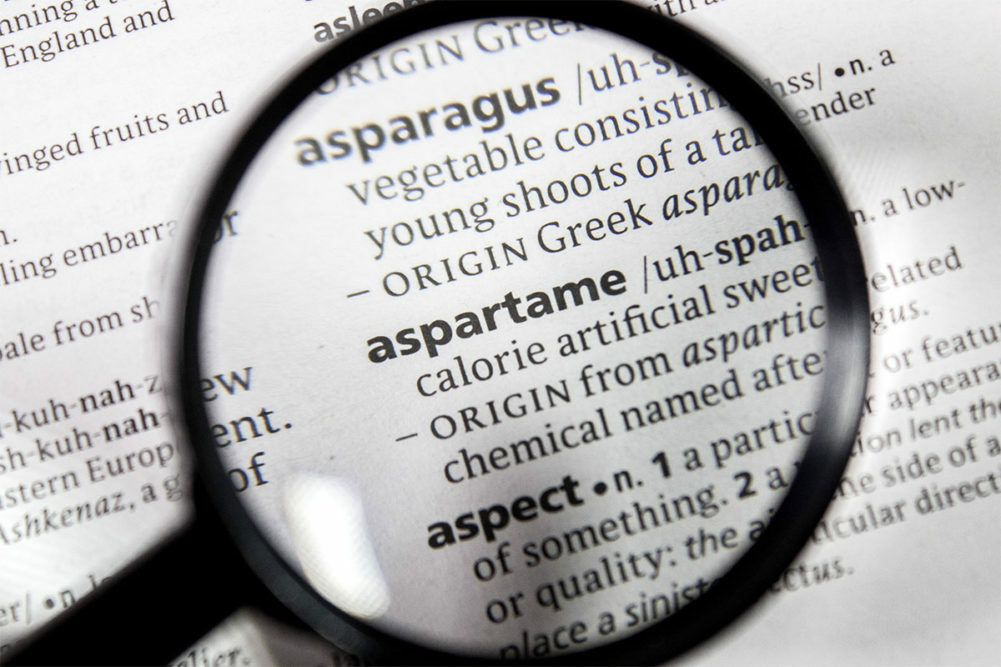 KANSAS CITY — Manufacturers, marketers and users of aspartame recently have endured a severe case of whiplash. Over the course of a matter of weeks, the ingredient was deemed “possibly carcinogenic” and “safe” by two groups within the same global organization. The result is greater confusion around an ingredient approved for use by food regulatory bodies around the world that has been safely formulated into food and beverages for decades. It also deceptively adds to the perception that some food ingredients are contributing to the incidence of cancer.
KANSAS CITY — Manufacturers, marketers and users of aspartame recently have endured a severe case of whiplash. Over the course of a matter of weeks, the ingredient was deemed “possibly carcinogenic” and “safe” by two groups within the same global organization. The result is greater confusion around an ingredient approved for use by food regulatory bodies around the world that has been safely formulated into food and beverages for decades. It also deceptively adds to the perception that some food ingredients are contributing to the incidence of cancer.
In July, the International Agency for Research on Cancer (IARC), a part of the World Health Organization (WHO), listed aspartame as “possibly carcinogenic.” While the carcinogenic declaration garnered headlines around the world, lost in the much of the news was the detail that the ruling did not consider how much of a product a person can safely consume and that IARC’s role “is intended to assess whether something is a potential hazard or not, based on all the published evidence.”
Adding to the confusion was IARC’s labeling aspartame as “possibly carcinogenic to humans” did not mean aspartame is linked to cancer, according to a spokesperson for the US Food and Drug Association, because the group’s hazard assessment did not factor dosage or route of exposure into its classifications.
Then, the Joint Food and Agriculture Organization of the United Nations/WHO Expert Committee on Food Additives (JECFA) said the acceptable daily intake (ADI) of aspartame would remain at 40 mg/1 kilogram (2.2 lbs) of body weight per day.
As Robert Raskin, president of the Calorie Council, said, “in order to reach JECFA’s conservative ADI estimates, the average 150-lb person would need to consume about 14 12-oz cans of diet beverages or about 74 packets of aspartame-containing tabletop sweetener every day over the course of their life to raise any safety concern. Obviously, that level of consumption is not realistic, recommended, nor is it aligned with the intended use of these ingredients.”
The linking of ingredients and finished products to the incidence of cancer and other negative health outcomes has become too common in food marketing. Foods often implied as contributing to the development of cancer, for example, range from those treated with pesticides, formulated with genetically modified ingredients, non-nutritive sweeteners and refined sugar as well as those packaged in cans featuring a BPA lining, microwave popcorn, grilled red meat, and salted, pickled and smoked foods. This linkage persists even as the annual rate of new cancer cases in the United States slowly has been falling since 2007, according to the Centers for Disease Control and Prevention.
Scrutinizing the health effects of specific food and beverage ingredients always should be a priority for regulators and manufacturers. But it is irresponsible to link any ingredients to cancer or any other disease without clear evidence.
Gaining an understanding of food’s relationship to a person’s overall health and well-being is complicated. Many consumers struggle to understand and incorporate the most basic tenets of good nutrition into their diets. Declarations made by groups like IARC only make the situation even more complicated and confusing.





